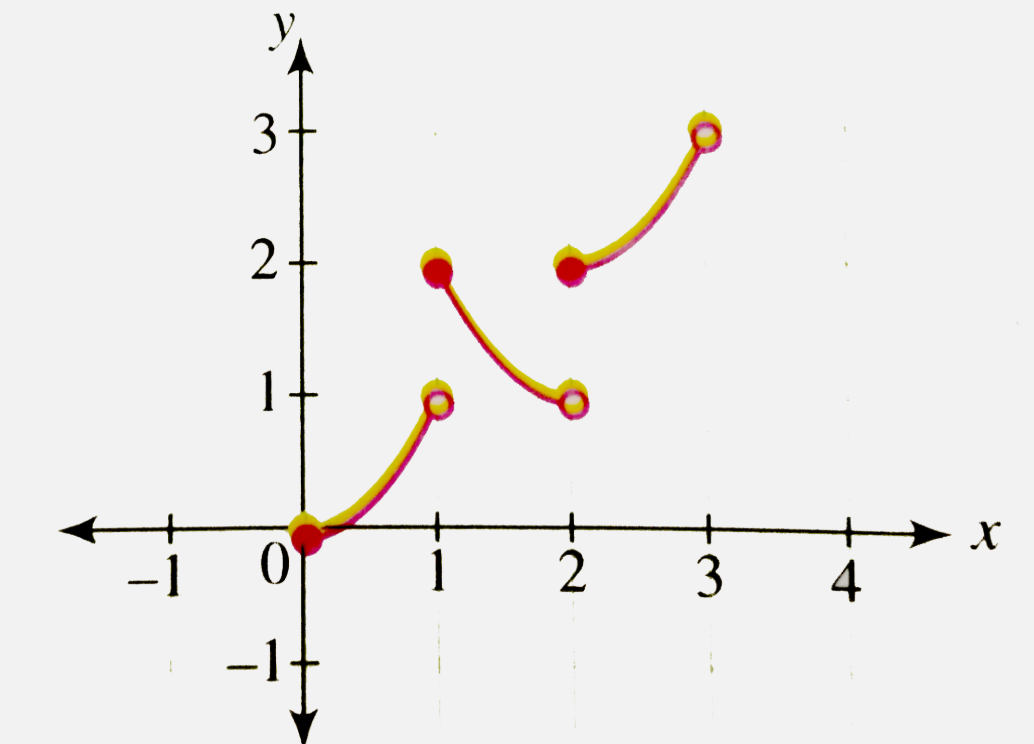The number of integral values of x satisfying the equation sgn([151+x2])=[1+2x] is [Note: sgn(y),[y] and y denote signum function, greatest integer function and tional part function respectively.]Solution in Tamil
The correct Answer is:7
Step by step video & image solution for The number of integral values of x satisfying the equation sgn([15/(1+x^2)])=[1+2 x] is [Note: sgn(y),[y] and y denote signum function, greatest integer function and tional part function respectively.] by Maths experts to help you in doubts & scoring excellent marks in Class 12 exams.
Updated on:21/07/2023Topper's Solved these Questions
- FUNCTIONSBOOK - CENGAGECHAPTER - FUNCTIONSEXERCISE - Comprehension Type
7 Videos
- EQUATION OF PLANE AND ITS APPLICATIONS -IIBOOK - CENGAGECHAPTER - EQUATION OF PLANE AND ITS APPLICATIONS -IIEXERCISE - DPP 3.4
18 Videos
- GETTING STARTED WITH GRAPHSBOOK - CENGAGECHAPTER - GETTING STARTED WITH GRAPHSEXERCISE - Exercise
18 Videos
Similar Questions
Let f(x)=x2−2x−1∀x∈R Let f:(−∞,a]→[b,∞), where a is the largest real number for which f(x) is bijective. If f:R→R , g(x)=f(x)+3x−1 , then the least value of function y=g(|x|) is
View SolutionLet A(0,6,6), B(6,6,0) and C(6,0,6) are three points and point D is moving on the line x+z−3=0=y. If G is centroid of ΔABC, then minimum value of GD is
View SolutionDoes the following graph pass the vertical or horizontal line test ?

View SolutionThe number of integral values of x satisfying the equation sgn([(19)/(2+x^(2))])=[1+{5x}] (where [x],{x} and sgn(x) denote the greatest integer,the fractional part and the signum functions respectively is
View SolutionSolve the following equations (where [*] denotes greatest integer function and {*} represent fractional part function and sgn represents signum function)
View SolutionThe number of integral values of x satisfying the equation sgnis greatest integer function,sgn{[(15)/(1+x^(2))])=[1+(2x)] (where [.] is greatest integer function [.] fractional part function and sgn(x) is dignum function)
View Solutionlim_(x rarr0^(+))(((pi)/(2)-cot^(-1){x})x)/(sgn backslash x-cos x) (where {.} and sgn(.) denotes fractional part function and signum function respectively) is equal to
View SolutionIf f(x)=cos−1(sgn(2[x]3x−[x])), where sgn ( ) denotes the signum function and [.] dentoes the greatest integer functions, then which of the following is/are correct?
View SolutionThe function f(x)=sgn(x−1).Cot−1[x−1] is ([x]denotes greatest integer function of x)
View SolutionIf F(x)=sinπ[x]{x} then F(x) is (where {.} denotes fractional part function and [.] denotes greatest integer function and sgn(x) is a signum function)
View SolutionThe number of solution of the equation sgn({x})=|1−x| is/are (where {⋅} represent fractional part function and sgn represent signum function)
View SolutionLet f(x)={[x]+sgn(x2)−2≤x<2ax2−bxx≥2
If the number of points where f(x) is nonderivable in [–2,∞) is 3 then the value of |a+b| is (Note: [y] and sgn (y) denote greatest integer function and signum function of y respectively).
View SolutionLet f(x)=exsgn(x+[x]) , where sgn is the signum function and [x] is the greatest integer function . Then
View Solutionदिया गया है, f(x)=cos−1(sgn(2[x]3x−[x])) जहाँ sgn(.) सिगंम फलन तथा [.] महत्तम पूर्णांक फलन को दर्शाता है, तो x=±1 पर सांतत्यता एवं अवकलनीयता की जाँच कीजिए।
View Solution[ ] व { } महत्तम पूर्णांक फलन व भिन्नात्मक फलन है
यदि y=√sgn(x2−2(k−1)x+4) सभी x∈Rके लिए परिभाषित है तो kका/के पूर्णांक मानों की संख्या कीजिये [sgn (k), k के सिग्नल फलन को निरूपित करता है।]
View SolutionThe number of integral values of x satisfying the equation sgn([151+x2])=[1+2x] is [Note: sgn(y),[y] and y denote signum function, greatest integer function and tional part function respectively.]
View Solution
